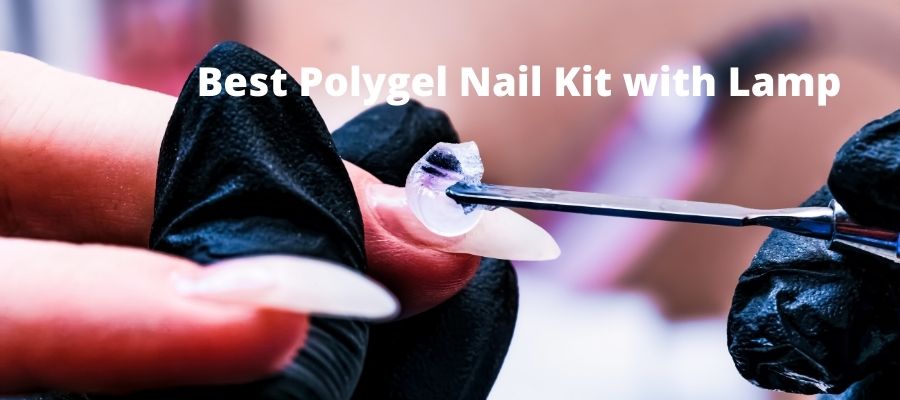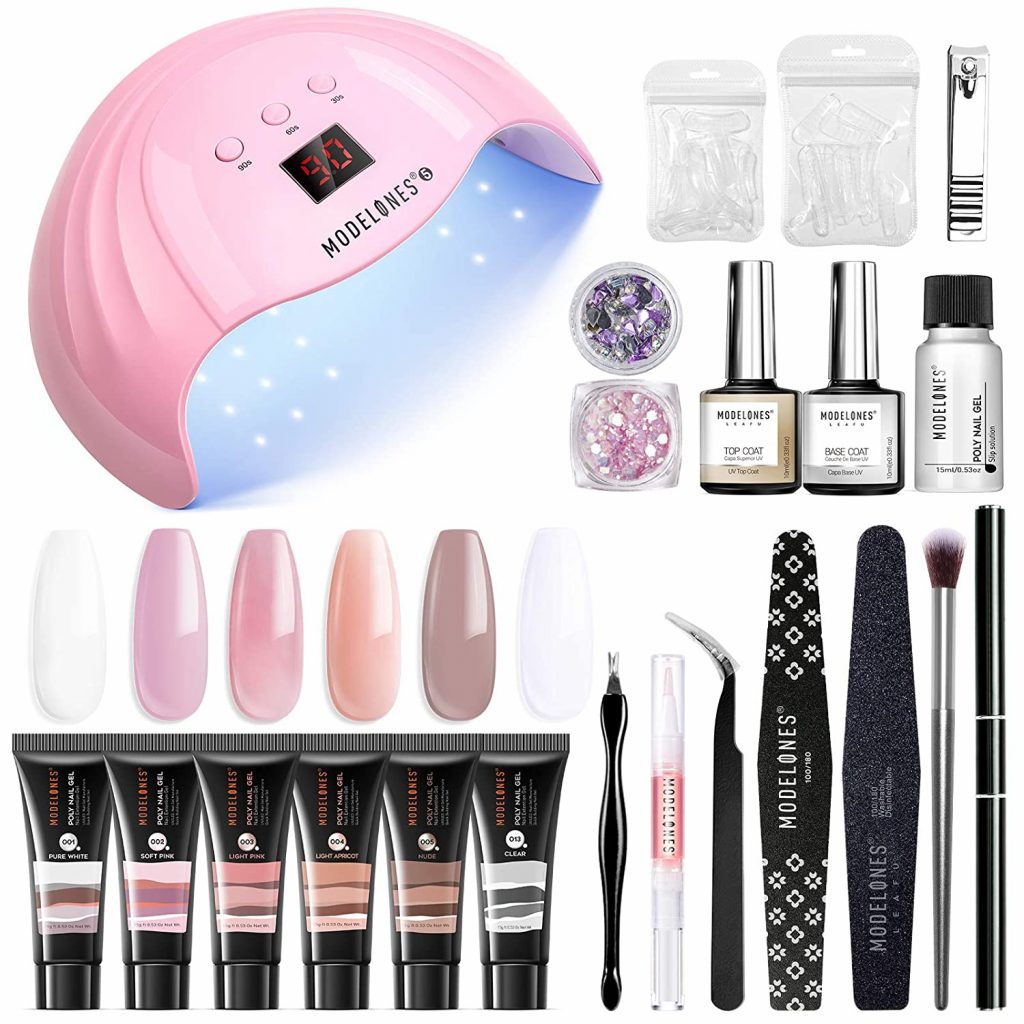

No More Nails is a versatile adhesive that can be used for a variety of DIY and home improvement projects. It’s a strong, durable adhesive that can bond a wide range of materials, making it a popular choice for both professionals and homeowners. However, using No More Nails effectively requires understanding the product’s properties, proper application techniques, and safety precautions. This article provides a comprehensive guide to using No More Nails, covering everything from choosing the right adhesive to achieving optimal results.
No More Nails is a powerful adhesive that can bond almost any material, from wood and metal to plastic and even glass. It’s a popular choice for DIY projects, home repairs, and even professional construction because of its strength, durability, and versatility. However, using No More Nails effectively requires understanding its properties, proper application techniques, and safety precautions. This guide will cover all the essential information you need to know to use No More Nails successfully, helping you achieve professional-looking results for your projects.
Frequently Asked Questions
What is No More Nails?
No More Nails is a type of construction adhesive, commonly known as “contact adhesive.” It comes in a variety of formulas, each designed for specific bonding requirements. No More Nails is a strong, long-lasting adhesive that dries quickly, allowing you to bond materials securely without the need for nails or screws.
What materials can No More Nails bond?
No More Nails is highly versatile and can bond a wide range of materials, including wood, metal, plastic, glass, ceramic, concrete, and more. It’s even suitable for bonding dissimilar materials, such as wood to metal or plastic to concrete.
Is No More Nails waterproof?
Some No More Nails formulas are waterproof, while others are water-resistant. Always check the product label to ensure you’re using the right type for your project, especially for outdoor applications or areas prone to moisture.
Types of No More Nails
The wide variety of No More Nails formulas allows you to choose the perfect adhesive for your specific project. Understanding the differences between these formulas will help you select the best one for your needs.
- Standard No More Nails: This is the most common formula and works well for bonding most materials, including wood, metal, and plastic.
- No More Nails High Strength: This formula is ideal for projects that require extra bonding strength, such as heavy-duty structures or outdoor applications.
- No More Nails Waterproof: This formula is specially designed for use in areas exposed to water, making it ideal for outdoor projects, bathrooms, and kitchens.
- No More Nails Clear: This formula dries clear, making it suitable for projects where you don’t want the adhesive to be visible. It’s often used for bonding glass, acrylic, and other transparent materials.
- No More Nails Fast Setting: This formula sets quickly, allowing you to bond materials rapidly and begin working on your project sooner.
Surface Preparation
Proper surface preparation is crucial for achieving a strong and lasting bond with No More Nails. Following these steps will ensure optimal adhesion:
- Clean the surfaces: Remove any dirt, grease, dust, or debris from the surfaces to be bonded. You can use a cleaner specifically designed for the material you’re working with or a mild soap and water solution.
- Roughen the surfaces: For smooth surfaces like glass or metal, it’s essential to roughen them to provide a better surface for the adhesive to grip. You can use sandpaper, a wire brush, or a scouring pad for this purpose.
- Dry the surfaces: Make sure the surfaces are completely dry before applying No More Nails. Moisture can prevent the adhesive from setting properly.
- Apply a primer: If you’re bonding difficult materials like plastic or certain types of metal, applying a primer specifically designed for that material can improve adhesion.
Applying No More Nails
Once the surfaces are prepared, applying No More Nails is relatively straightforward. However, there are some key techniques to keep in mind to ensure optimal bonding.
- Use a bead applicator: Apply a thin, even bead of No More Nails to one of the surfaces. Avoid applying it too thickly, as this can create air bubbles that weaken the bond.
- Apply pressure: Once the No More Nails is applied, press the two surfaces together firmly and hold them in place for 30-60 seconds.
- Clamp or weight: For large projects or areas that require extra holding strength, use clamps or weights to keep the surfaces securely in place until the No More Nails has cured completely.
- Avoid moving: Once the surfaces are pressed together, avoid moving them until the No More Nails has fully set.
Curing Time and Precautions
No More Nails typically takes 24-48 hours to cure completely, although the exact time can vary depending on the type of adhesive, temperature, and humidity. During this time, avoid subjecting the bonded surfaces to stress or movement.
- Safety precautions: No More Nails contains strong solvents, so it’s important to take the following precautions when working with it:
- Wear gloves to protect your skin from contact with the adhesive.
- Work in a well-ventilated area to avoid inhaling fumes.
- Keep No More Nails away from children and pets.
- Store No More Nails in a cool, dry place, out of direct sunlight.
Conclusion
No More Nails is a powerful adhesive that can be used for a wide variety of DIY and home improvement projects. By understanding the properties of the adhesive, preparing the surfaces properly, and applying it correctly, you can achieve professional-looking results and strong, lasting bonds. Remember to always follow the manufacturer’s instructions and safety precautions to ensure a safe and successful project.
Tags
No More Nails, Construction Adhesive, DIY Projects, Home Improvement, Bonding Materials, Surface Preparation, Adhesive Application, Curing Time, Safety Precautions


